When it comes to landscaping, decorative stones can breathe new life into your outdoor spaces. Among the most striking of these are decorative red rocks. Their vivid hue and unique textures make them a popular choice for homeowners and landscapers alike. In this article, I’ll share my personal experiences with decorative red rocks, explore their various types, and provide tips on how to incorporate them into your landscape design effectively.
What Are Decorative Red Rocks?
Decorative red rocks are natural stones that possess reddish hues, ranging from deep burgundy to bright crimson. These rocks are commonly used in landscaping for pathways, flower beds, decorative borders, and as ground cover. They not only add a pop of color but also serve practical purposes, such as improving drainage and preventing erosion.
Types of Decorative Red Rocks
1. Red Lava Rock
Red lava rock is a lightweight, porous stone formed from volcanic activity. It is popular for its vibrant color and unique texture.
2. Red Gravel
This type consists of small, crushed stones that can easily be spread across larger areas. Its versatility makes it a favorite for pathways and driveways.
3. Red River Rock
These are smooth, rounded stones typically found in riverbeds. They are often used for decorative purposes in gardens and water features.
Benefits of Using Decorative Red Rocks
Visual Appeal
The vibrant red color adds warmth and energy to any landscape, creating a stunning contrast with green plants and foliage.
Low Maintenance
Once laid down, decorative red rocks require little upkeep compared to traditional mulch or sod. They do not need watering, mulching, or mowing.
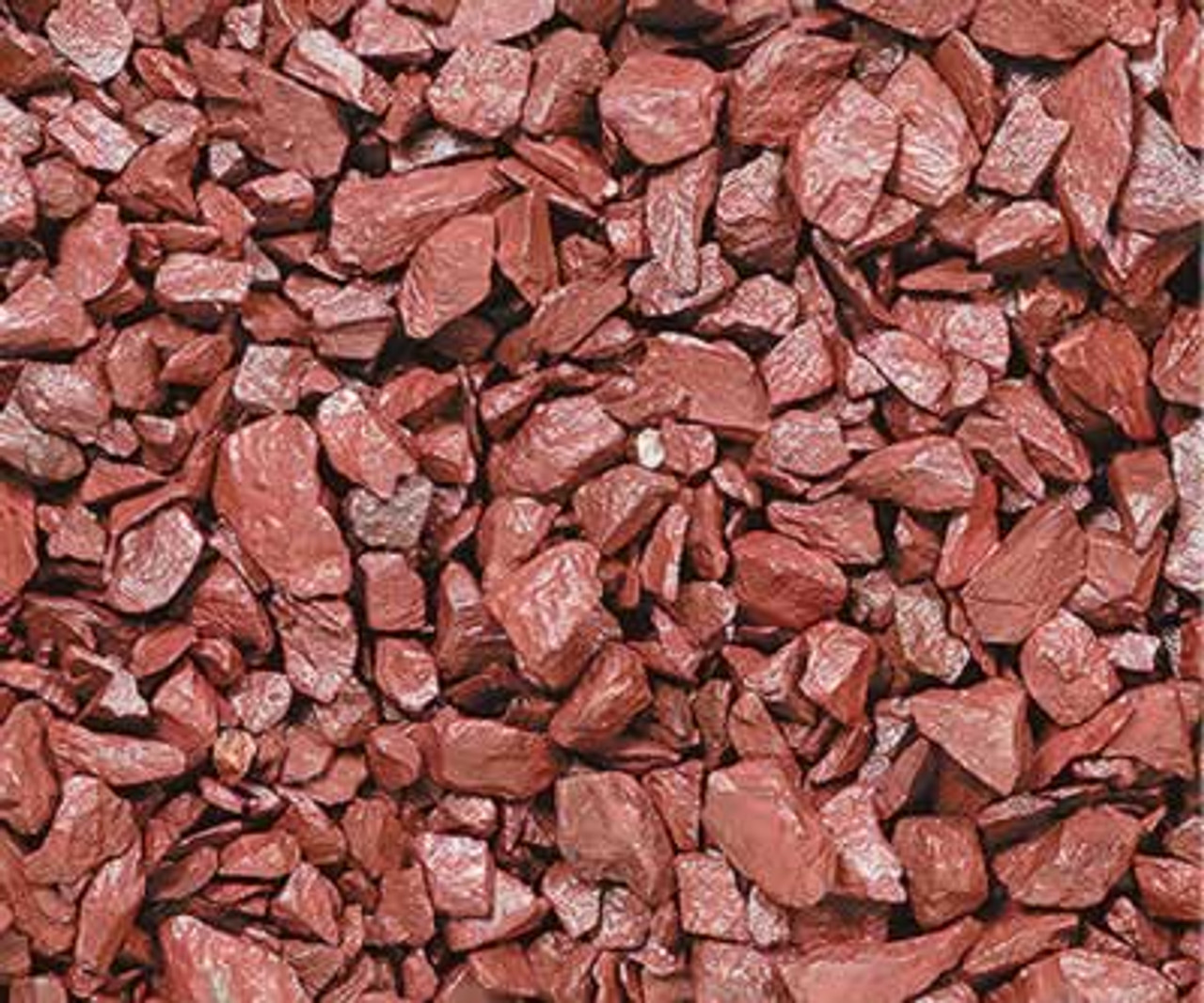
Weed Control
When properly installed with a weed barrier, these rocks can significantly reduce weed growth, saving you time and effort in maintenance.
Soil Temperature Regulation
Decorative rocks can help keep soil temperatures stable, protecting plant roots from extreme heat or cold.
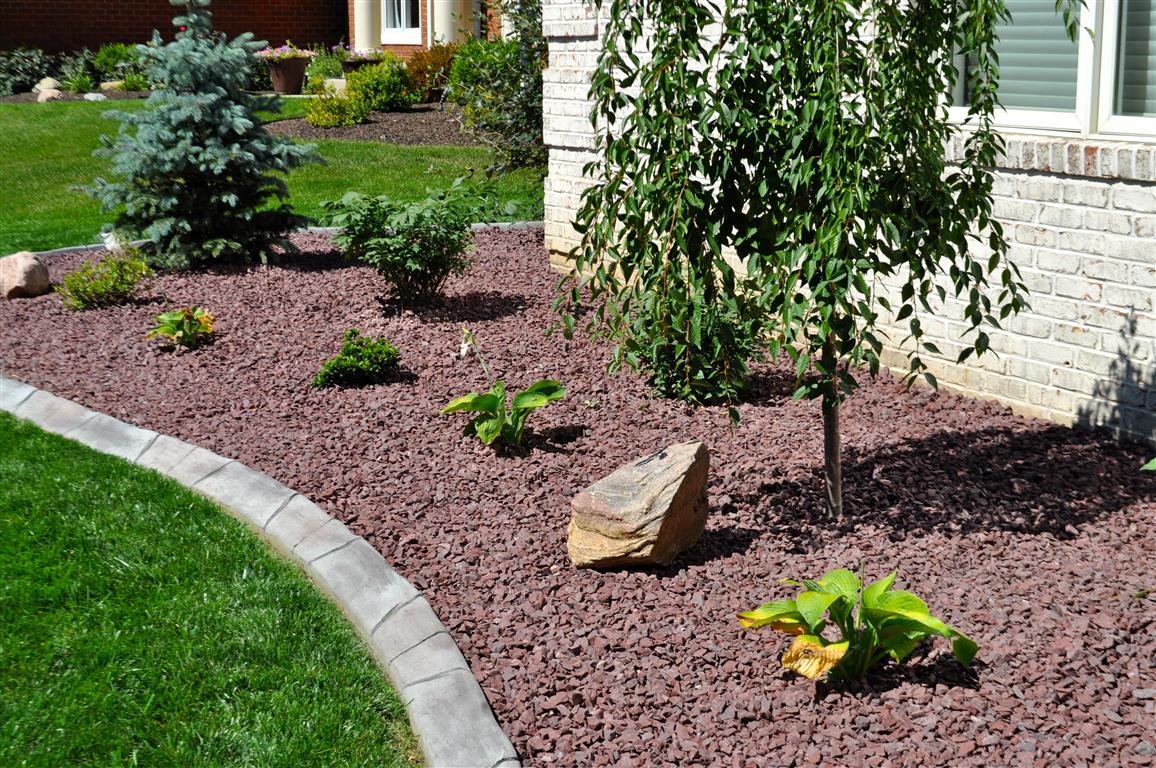
How to Use Decorative Red Rocks in Your Landscape
1. Pathways and Walkways
Creating a pathway with decorative red rocks not only guides visitors but also adds a beautiful element to your garden. Choose larger stones to outline the path and fill in gaps with smaller gravel.
2. Flower Beds
Using red rocks around flower beds can highlight your blooms while providing a neat, organized look. They work well with various plant types, from succulents to tropical flowers.
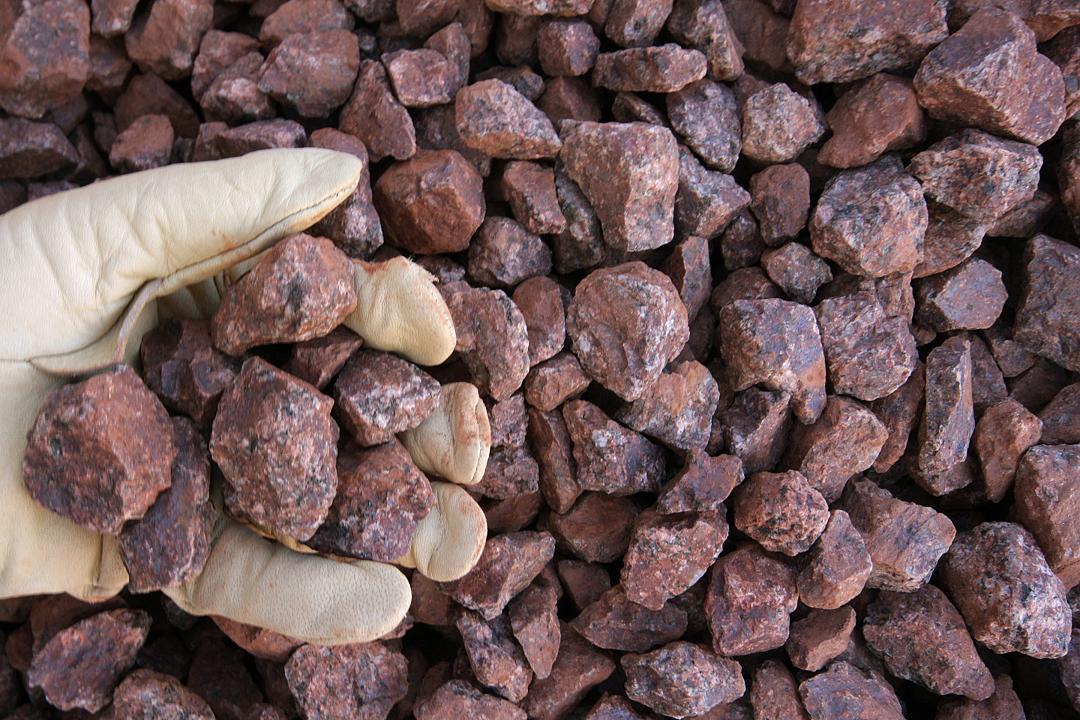
3. Borders and Edging
Use red rocks as borders for patios, decks, or garden beds. This creates a visual separation that enhances your landscaping design.
4. Water Features
Integrating red rocks into a pond or fountain can create a stunning focal point and enhance the overall aesthetic of your outdoor space.
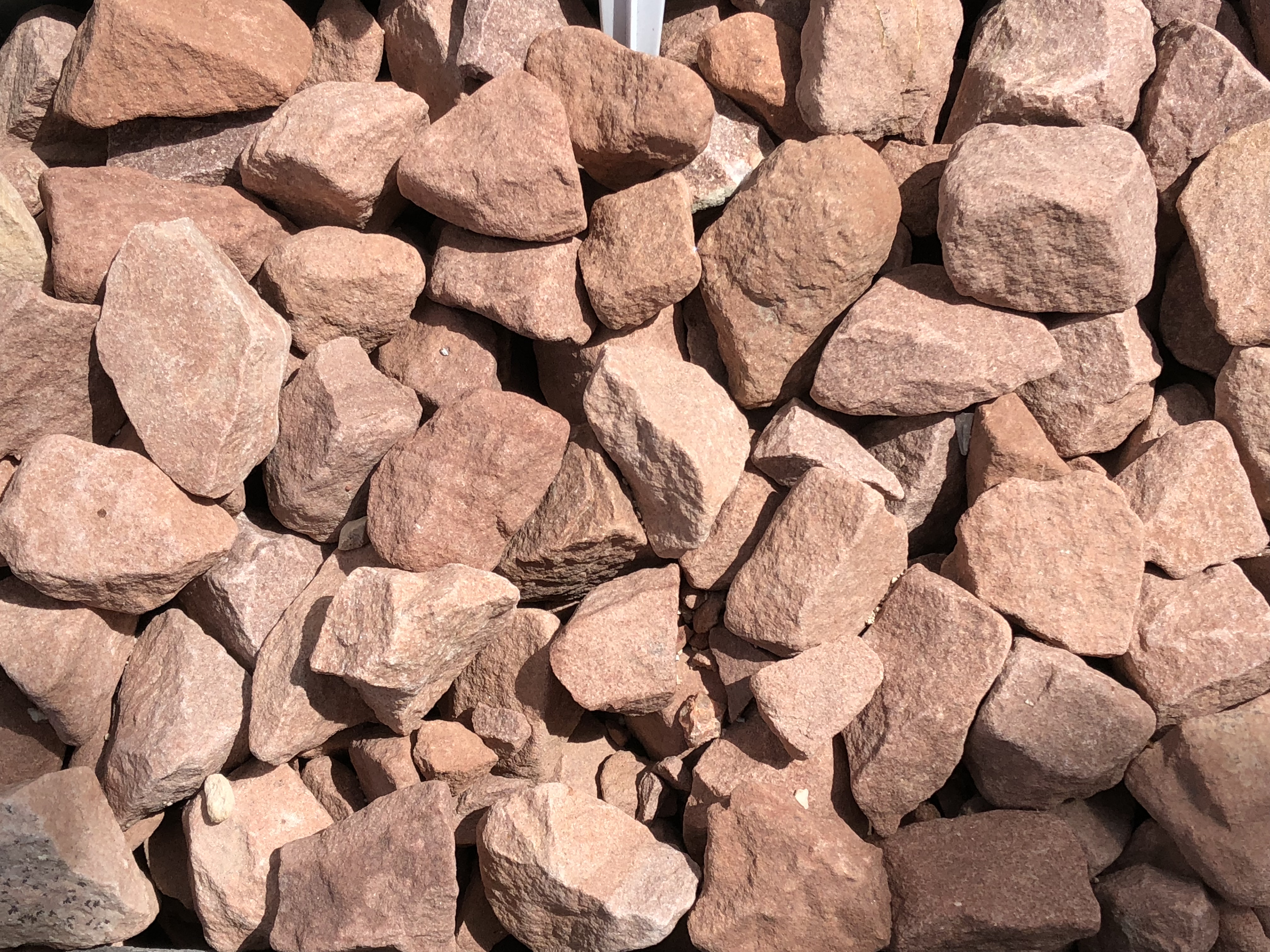
Comparison of Decorative Red Rocks
| Type of Rock | Color Variety | Best Uses | Weight | Price Range |
|---|---|---|---|---|
| Red Lava Rock | Burgundy to Crimson | Pathways, Ground Cover | Lightweight | $$$ |
| Red Gravel | Bright Red | Driveways, Paths | Medium | $$ |
| Red River Rock | Rusty Red | Decorative Borders, Water Features | Heavy | $$$$ |
Personal Experience: My Journey with Decorative Red Rocks
When I first decided to revamp my backyard, I knew I wanted something that would make a statement. After much research, I settled on decorative red rocks. The transformation was incredible! I used red lava rock for my pathways and red gravel for my flower beds. Not only did the color pop against the greenery, but the maintenance became hassle-free. I’ll never forget the day my friends came over and marveled at the changes; it felt rewarding to showcase my work.
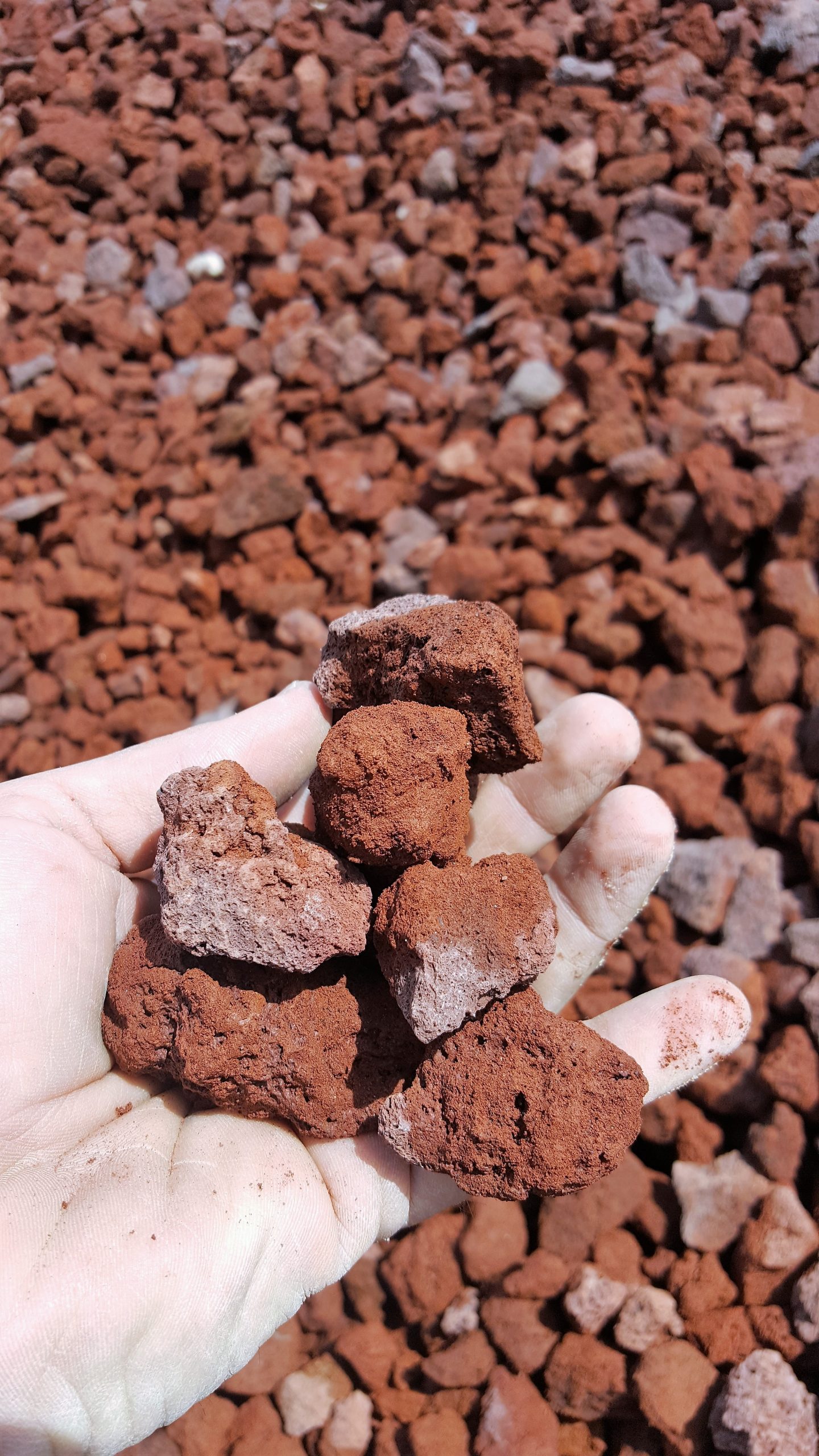
Installation Tips
1. Prepare Your Area
Before laying down rocks, clear the area of weeds and debris. Consider installing a weed barrier to prevent unwanted growth.
2. Choose the Right Size
Mixing different sizes of red rocks can add depth and interest to your landscape. Larger stones can be used for borders, while smaller rocks can fill in gaps.
3. Edging for Clean Lines
To ensure a polished look, use edging materials to keep your stones contained and maintain clean lines.
Pros and Cons of Using Decorative Red Rocks
Pros
- Vibrant color enhances landscape aesthetics
- Requires less water and maintenance
- Long-lasting and durable
- Effective in weed control
Cons
- Can be more expensive than traditional mulch
- Heavier stones may require additional effort to move
- Potential for heat retention, affecting nearby plants
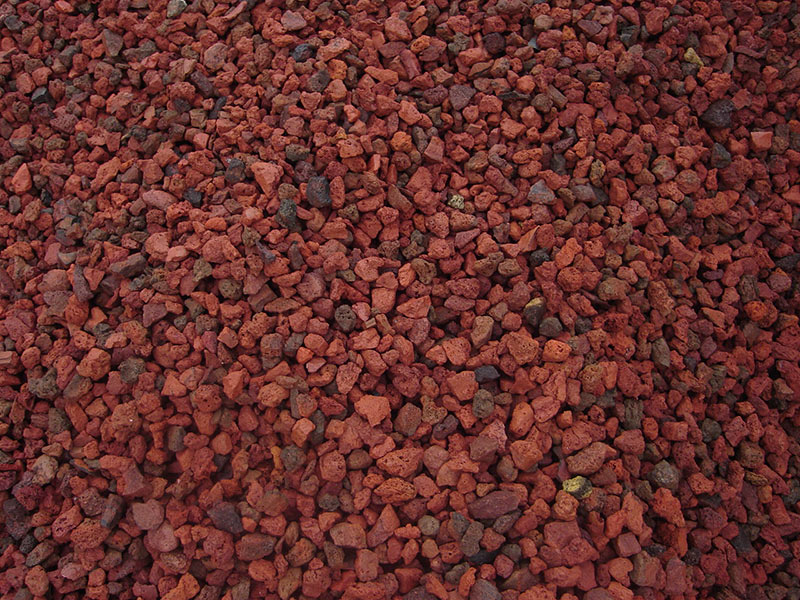
FAQs about Decorative Red Rocks
What are the best uses for decorative red rocks?
Decorative red rocks are versatile and can be used for pathways, borders, flower beds, and even in water features. Their aesthetic appeal makes them a favorite for various landscaping projects.
How do I maintain decorative red rocks?
Maintain red rocks by periodically checking for weeds and replacing any rocks that may have sunk or shifted. Unlike organic mulch, they do not require regular refreshing.
Are decorative red rocks environmentally friendly?
Yes, decorative red rocks are environmentally friendly as they do not require water for maintenance and can help with soil temperature regulation.
Conclusion
Decorative red rocks can truly transform your landscape into an eye-catching and low-maintenance sanctuary. Whether you’re looking to create pathways, borders, or showcase beautiful plants, these rocks offer versatility and beauty that can enhance any garden. My experiences have shown me just how impactful these small changes can be, and I hope you feel inspired to explore the potential of decorative red rocks in your landscaping journey!